The Only 3 Steps You Need To Improve Your Long Term Memory
If you could choose any superpower to help you get ahead in today’s modern world, what would it be?
The ability to read minds? No thanks. You don’t want to know what goes on in people’s heads – trust me.
How about the gift of flight? Uhh… yeah, no. That sounds to me like a one-way ticket to being poked and prodded in an underground military laboratory for the rest of your life.
But what about having a truly limitless memory? To become a human recording machine, able to see something once and remember it forever. When I imagine this super-skill, I picture a person one part Jason Bourne and one part Sherlock Holmes… constantly watching, recording, and replaying information at just the right time to save the day.
Sure, you wouldn’t be able to “leap tall buildings in a single bound,” but you would be able to conquer complex subjects in a single sitting.
You could read a book on public speaking and become a world-class public speaker. Watch a few YouTube videos on iOS programming and begin developing your very own apps. And of course, you would be able to dig out every morsel of information you’d ever learned, heard, or read – ever.
Of course, becoming a human tape recorder isn’t 100% possible – nor truly desirable. In reality, one of the most sophisticated functions of our brains is actually to forget the useless stuff, allowing us to better access the important stuff. You see, though your brain does have a theoretical capacity of 2.2 petabytes, it also already consumes about 20% of your body’s energy and oxygen… despite being just 2% of its mass.
All this is to say that our brains do their absolute best to remain efficient. Two dedicated areas of the brain called hippocampi, one in the left hemisphere and one in the right hemisphere, work non-stop to help figure out what is and is not relevant, and file it away accordingly. Ever seen that PIXAR movie “Inside Out?” It’s a bit like that. My little pony memories? Yeah, we can forget those… in fact, we probably should.
This isn’t to say, however, that we can’t improve our long term memory. Quite the contrary. To do so, however, doesn’t require making your brain more or less information… it requires learning a new, more memorable, and more interesting way to feed it information.
What you need to know about memory
But first, some background.
In our previous post on how to increase your short term memory, we discussed the various types of memory, their functions, and what it looks like to improve short term memory.
As a reminder, we learned that there is:
- Working Memory: The memory used to keep an idea in your head long enough to complete a single thought while you work through it.
- Short Term Memory: The memory used to hold on to information for immediate use, typically between 15 and 30 seconds.
- Long Term Memory: A generic name for many different types of memory, from a minute to a millennium.
This is to say that there is no such thing as plain and simple “memory.” Even “long term” memory can be broken down into episodic memory, spatial memory, semantic memory, and many more. In all truth, memory is an extremely complex thing, and one that neuroscientists and psychologists still don’t completely understand. Luckily, I’m here to break down some basic neuroscience for you, so that you can actually use and apply it towards improving your long term memory.
As we concluded in the previous post, all other forms of memory improvement pale in comparison to the importance of improving your long term memory. In fact, the only real, lasting changes to memory are the ones performed on long term memory, and recent scientific research by Radboud University has proven that these effects are not only trainable, they are also dramatic and long-lasting. In a sense, the best way to improve your memory isn’t to hack your brain into having a better working and short term memory, it’s to set yourself up to feed the right kinds of memories into your long term memory – and keep them there.
So, how do you actually do it?
In this post, I will share with you the memory secrets used by literally every memory champion and world record holder.
“Really? All of them?” you might ask. Surely, there are other ways to skin a cat, right?
Nope. In this case, the experts all agree. Except for a few very rare exceptions (such as Kim Peek, otherwise known as “The Rain Man,” whose corpus callosum did not attach his left and right hemispheres), just about every single person in history who has performed incredible feats of memory uses these exact three techniques – in one way, shape, or form. Should you wish to upgrade your memory, you will be no exception!
The 3 Steps To Dramatically Improving Your Long-Term Memory
1) Convert Everything Into Visual Mnemonics (aka “Markers”)
The first step to enhancing your memory is to first learn to visualize. As we’ve covered in previous posts, our brains remember images well… really well. You’ve probably heard it said that a picture is worth a thousand words – well, this has a few meanings. Sure, a picture is the fastest way for us to convey information. I mean, just think about all the emotion, color, context, and complexity that you can convey with one simple image. But what most people fail to realize is that a picture is the absolute best way to remember that information, as well. This is due to something called the picture superiority effect, which states that our brains are unequivocally better at remembering pictures than we are at sounds. Study after study has demonstrated this, and there are quite a few theories as to why this is true.
One theory is the idea of “dual coding,” which states that because an idea conveyed in pictures has both visual and auditory elements (in the form of the words we associate with it), the information is richer. Yet another states that our brains prefer pictures because of the evolutionary advantage associated with being able to remember faces, colors of dangerous and nutritious plants, and other types of visual information. Furthermore, there are always interesting studies coming out to demonstrate what happens in the brain when we’re exposed to novel visual stimuli. Just recently, we released a video explaining how memory techniques actually work, and another analyzing the neuroscience between the memory palace technique – both of which support the efficacy of picture-based mnemonics.
So there you have it: If you want to improve your memory, you must learn how to convert everything you want to learn, whether it be ideas, numbers, tasks, or anything else, into novel visual images.
But what type of images work best? Well, this is another thing that hasn’t changed since the days of the Greeks – who, by the way, were the first to discover visual mnemonics. In my past interviews with memory games champions Nelson Dellis (link to our newest interview), Ronnie White, Mark Channon, and Mattias Ribbing, each of them have described the types of outrageous, bizarre, funny, and even violent or sexual images that they use to win memory competitions. Our brains love the bizarre and unusual, and so the stranger and more inappropriate you can get, the better!
2) Create Dense Networks of Connections, Even Where None Exist
My way of remembering the rules of the Accusative grammatical case in Russian involves being yelled at by an angry female roommate in the kitchen of an apartment I lived in years ago. No, she wasn’t Russian, and the “accusative” case actually has nothing to do with accusing other people of things. However, what I’ve done here is actually a simple yet extremely powerful memory technique called dual-coding.
Remember how we said earlier on that our brains are designed to selectively forget? Well, as you might expect, in a healthy brain, there’s a rhyme and a reason for what is and is not forgotten. It’s a sort of algorithm, and it’s described by a neuroscientific principle called Hebb’s Law. Proposed in 1949, Hebb’s Law states that “neurons that fire together, wire together.” In other words, if you train your brain to fire certain memories together, they will wire together.

An illustration of neurons and synapses in the human brain.
Practically speaking, this means that if you want to remember something, all you need to do is convince your brain that it’s related to something important that it already knows. Whereas your brain will most likely choose to forget a random word that someone teaches you in Albanian, it would definitely choose to remember that visualized picture that relates to the funny story your mother told you last week (the more important a memory you connect to, the better).
But of course, these connections aren’t always obvious or easy to make. Indeed, often times, when we learn something completely new, it can be challenging to find a way that it connects to our pre-existing knowledge. This is where the element of creativity – like the creativity to associate an angry roommate and a kitchen sink with the accusative case – comes into play… and this is why it’s important to develop and train yours.
In a strange way, becoming a memory master means first learning to create connections out of anything and everything life can throw you. A new, strange chord structure on the piano? Well, that looks like the shape of a crab doing a gang sign! The PIN code to your debit card? That’s a picture of your family sitting on a park bench. You get the idea.
By the way, it’s worth noting at this point that Hebb’s Law doesn’t just apply to biological learning systems, either. In fact, this method of learning by evaluating importance is the key factor that made Google’s PageRank algorithm so much more effective than AltaVista, Yahoo, and many others in the early 90’s. Instead of randomly scraping the web and trying to determine importance, Google applied Hebbian theory, asking: “what is connected to this piece of information, and how important are those pieces of information themselves?” Modern-day neural networks and AI systems function based on similar principles.
The lesson here is clear: If you want to remember something, make sure to connect it to your most deeply cherished and unforgettable memories.
3) Repetition & Review (The Smart Way)
Unfortunately, the “superpower” we talked about earlier simply isn’t possible. Indeed, the remembering absolutely everything you’ve ever seen isn’t a blessing, but rather an absolute curse for those who have to endure it, because it always comes at the expense of basic motor functions or other crucial cognitive functions.
For the rest of us, however, we need to do some basic review in order to reinforce memories in our minds. Indeed, in my interview with USA Memory Champion Ronnie White, we both laughed at the awkwardness of memorizing the entire list of names of attendees in an auditorium, only to bump into that person 6 months later.
“Hey! You’re that memory expert! Do you still remember my name…?”
Awkward. But, understandable.
You see, just as our brains are regularly assessing new information for its relevance and worth, so, too, are they shuffling through old information in search of wasted space.
That’s why, despite that 2.2-petabyte theoretical limit, you’re very unlikely to remember everything you’d like to unless you devote every waking hour to regular review.
Fortunately, not all hope is lost.
You see, as early as 1885, a German psychologist named Hermann Ebbinghaus published a work outlining the importance of reviewing information for long-term retention. By memorizing and then repeating nonsense syllables, Ebbinghaus was able to begin to understand something called the forgetting curve.
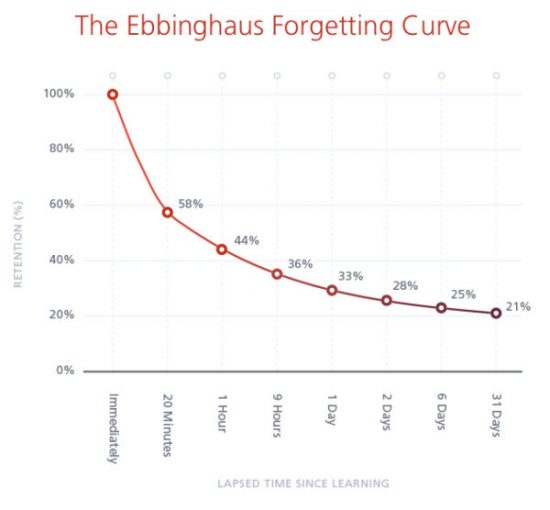
You can easily see how quickly we forget new information, unless we review them.
What Ebbinghaus discovered was that with each successive review of his nonsense syllables, he was able to remember them for longer and longer, until eventually, they would become simply a part of his memories, like his childhood best friend’s name.
Over the years, a number of systems were developed to take advantage of this fact. You see, by selectively reviewing only the things that you are at risk of forgetting, you are able to cut down on the needless review of things you haven’t yet forgotten, and maximize your efficiency. This is the idea behind the Leitner Box system, a method for organizing your flashcards based on difficulty, and only reviewing the ones that are proving difficult.
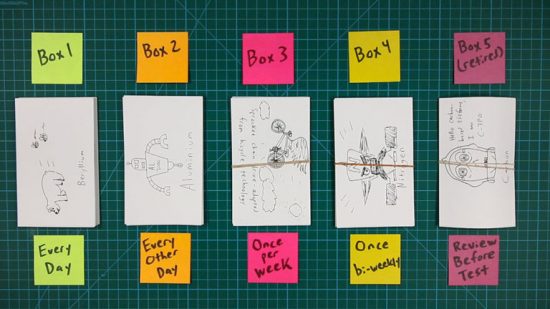
Depending on whether you were able to recall the card or not, it gets placed in the corresponding box.
But with today’s technology, we can go a step further. You see, with formal Spaced Repetition Systems like Anki or Memrise, you can not only delegate the organization to a computer system, but also become more efficient, by training the computer to predict just when you’re likely to forget.
By using one of these automated Spaced Repetition Systems, you merely need to load in the information you want to learn – from musical chords to vocabulary words or the bones of the body, and let the computer do all the heavy lifting. You can sit back and flip through the cards recommended for you that day, rating by difficulty, and leave it to the computer to float the necessary cards at the necessary time.
By doing so, it becomes possible not only to dramatically accelerate your learning of new information by cutting down on wasted review, but also to maintain a HUGE amount of knowledge basically indefinitely.
In Conclusion
Sadly, it’s pretty much impossible that you’ll be exposed to some kind of accident at the local pharmaceutical plant, granting you the superhuman ability to instantly learn everything you’re exposed to.
With that said, it is very much possible that you develop what most would call a “superhuman” memory.
Want to memorize 50 random digits, forwards and backwards?
Learn the names of all 250 attendees at your next conference?
Memorize the entire deck of cards while your friend is in the bathroom?
All of these things are not only attainable – they become easy with practice.
All you need to do is follow these 3 neuroscientifically proven rules of memory improvement… and practice.
(If you’d like to learn these memory techniques in more depth, make sure to check out our completely free, 1-hour training webinar).
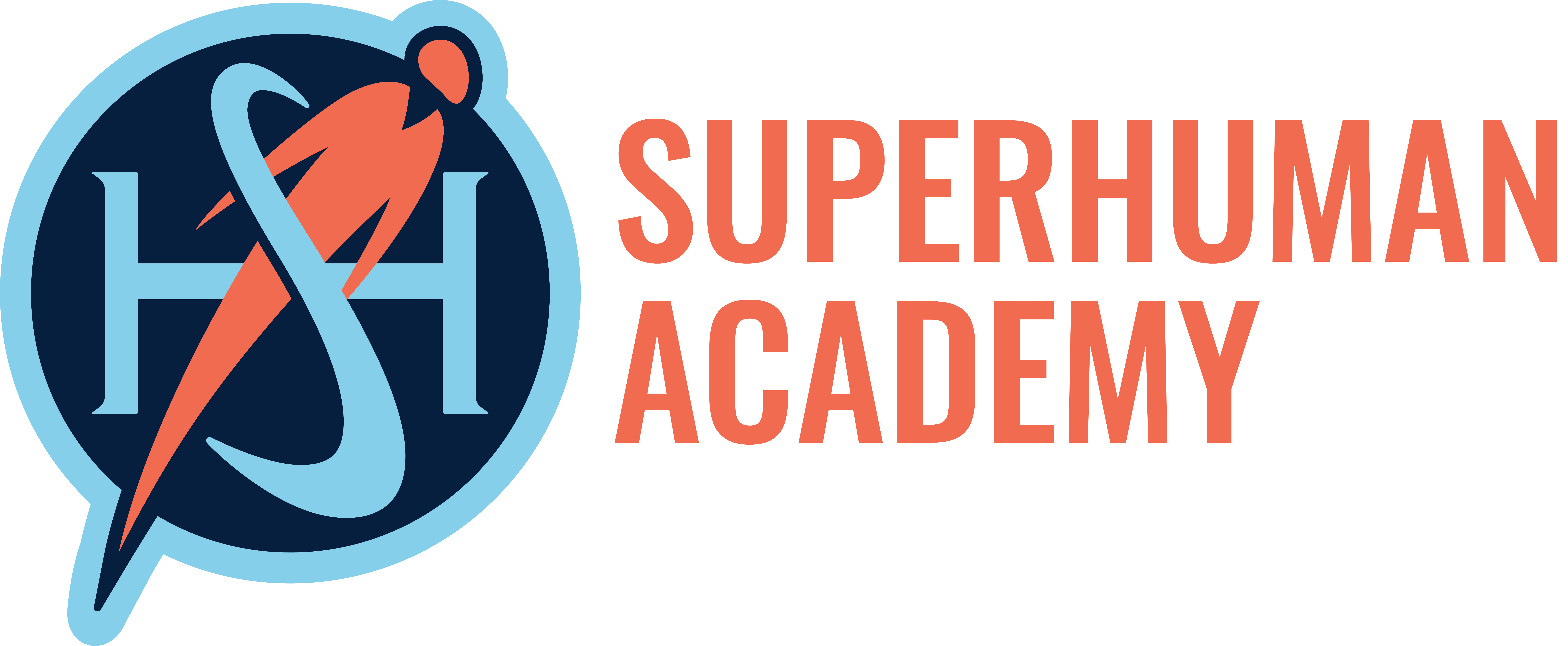
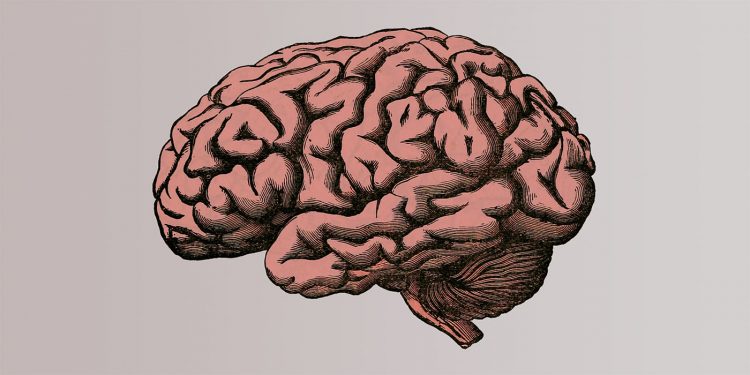
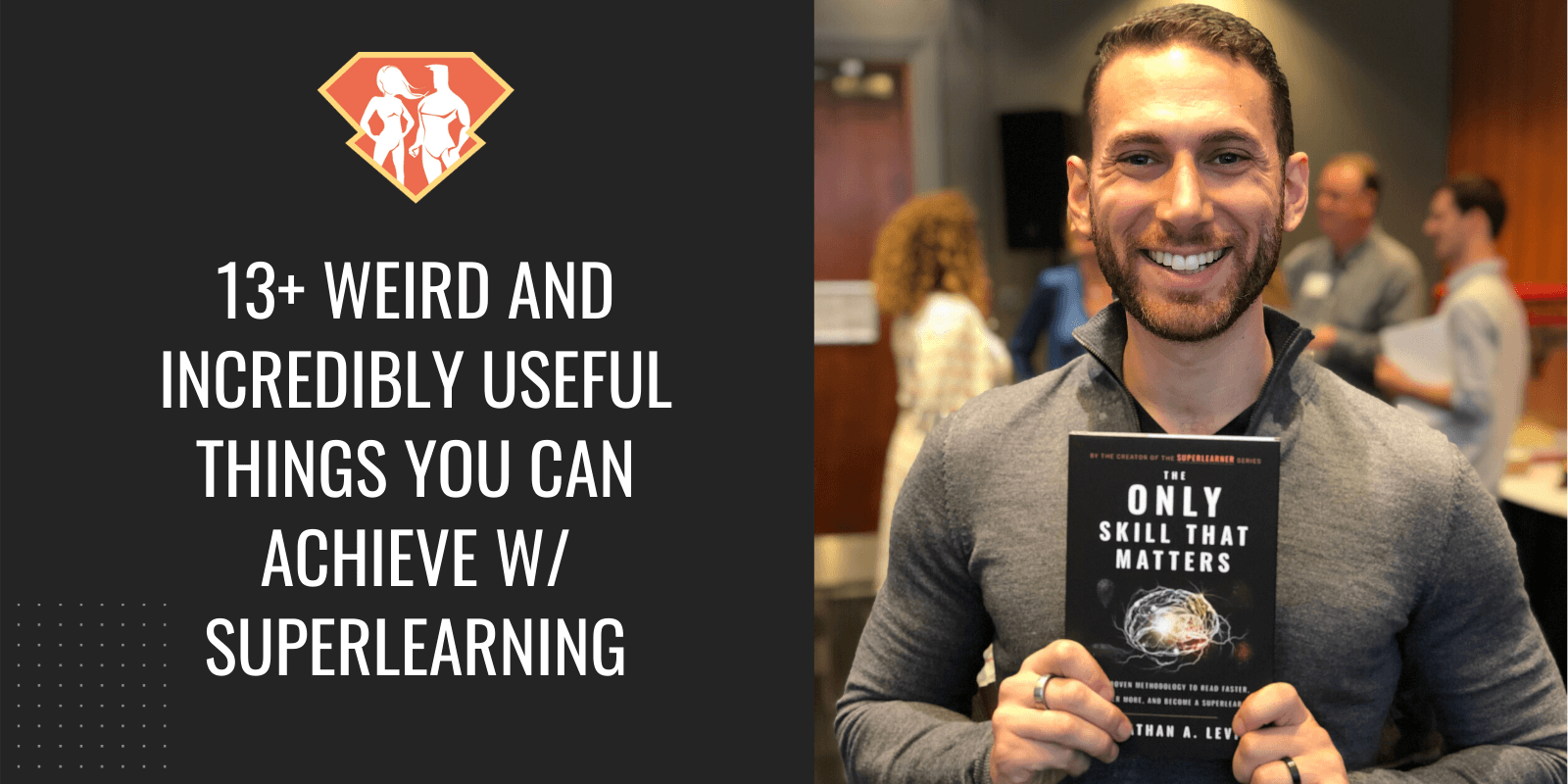


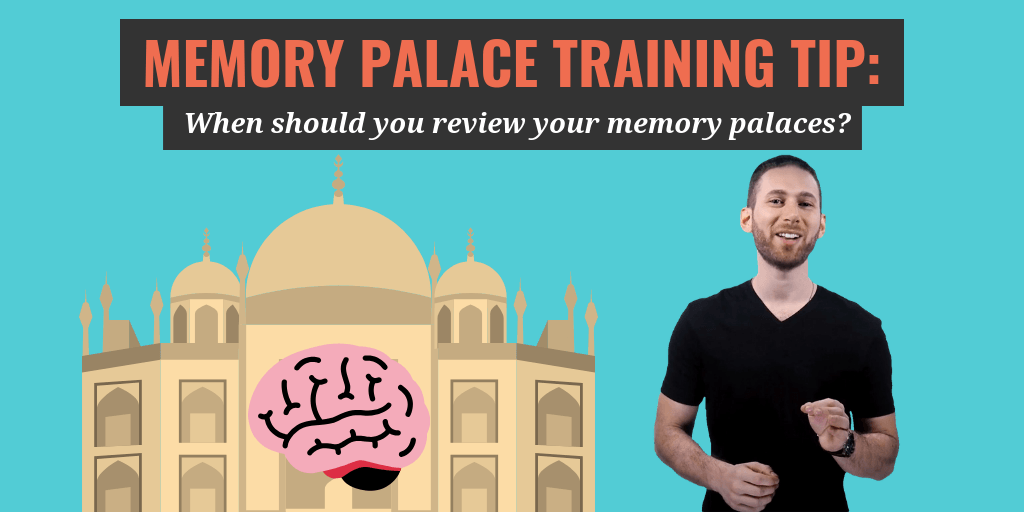

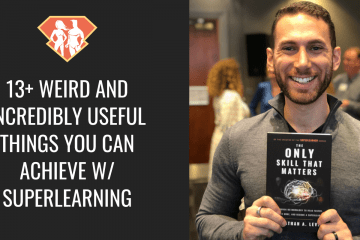


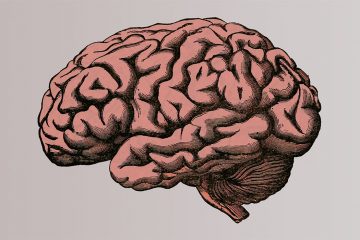
2 Comments
Good afternoon thanks for the information
Thank you so much! This will surely save me a lot of time and effort. Thanks for sharing!